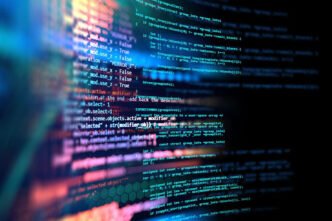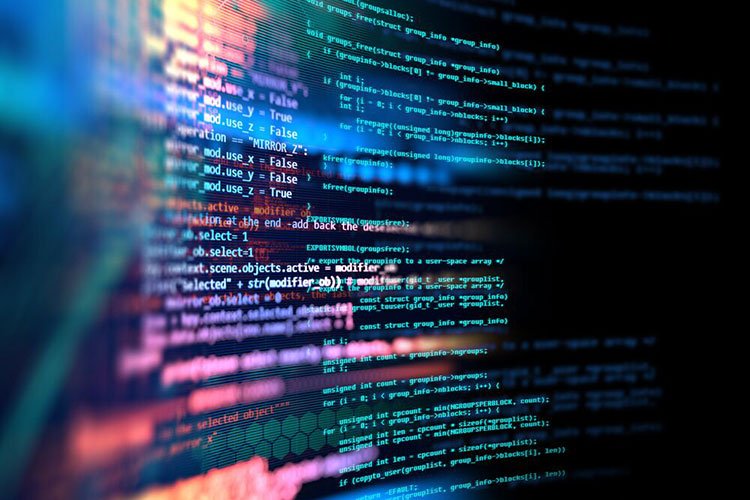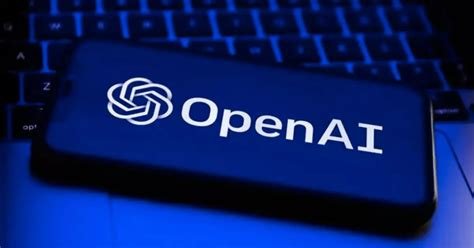Generative AI is transforming numerous industries, but one area where its impact is particularly profound is coding. As developers and innovators harness the power of generative AI, they uncover new ways to write, debug, and optimize code. Let’s explore how generative AI tools are reshaping the software development landscape, the challenges they address, and what the future holds for coding professionals.
The Current Role of Generative AI in Coding
Generative AI tools like GitHub Copilot, OpenAI’s ChatGPT, Anthropic’s Claude, and Google DeepMind’s Gemini are revolutionizing how developers work. These tools provide assistance by:
- Debugging Code: AI models are adept at identifying errors and offering corrections. Jared Kaplan, chief scientist at Anthropic, emphasizes their ability to “understand what’s wrong with code.”
- Generating Code: Tools such as Copilot streamline coding processes, enabling developers to focus on more complex tasks.
A Case Study: Google’s AI Adoption
Alphabet CEO Sundar Pichai revealed that over 25% of new code at Google is generated by AI. This integration accelerates development, allowing engineers to “do more and move faster.” Similar adoption trends are seen across tech giants and startups alike.
Emerging Startups in the AI Coding Ecosystem
The generative AI coding space is witnessing a surge of innovation from startups. Notable entrants include:
| Startup | Valuation | Unique Offering |
|---|---|---|
| Zencoder | Undisclosed | Enhanced context analysis for codebases |
| Merly | Undisclosed | Logic-based machine programming |
| Cosine | $750 million | Advanced debugging and process mapping |
| Tessl | $750 million | Next-gen prototyping and testing |
| Poolside | $3 billion | Custom-built large language model (LLM) |
These startups aim to go beyond autocomplete features, creating tools that prototype, test, and debug code independently.
Monetization Potential
Nathan Benaich from Air Street Capital highlights the lucrative potential: “Developers are willing to pay for copilots, making code one of the easiest ways to monetize AI.”
Correctness in Coding: The Two Levels
Software engineers focus on two types of correctness:
- Syntactical Correctness: Ensures that the program’s grammar is flawless. Even a minor error can disrupt thousands of lines of code.
- Functional Correctness: Verifies whether the code performs the intended task.
Generative AI tools are advancing from merely producing syntactically correct code to ensuring functional correctness—a leap that could redefine software development.
AI Coding Assistants: A New Workflow
Modern generative AI tools emphasize understanding the coding process rather than just outcomes. Companies like Cosine and Poolside are:
- Mapping Thought Processes: Training AI to mimic the cognitive steps of human coders.
- Improving Contextual Awareness: Using techniques like “repo grokking” to analyze entire codebases.
- Enhancing Debugging with RLCE: Reinforcement Learning from Code Execution (RLCE) improves AI’s ability to generate and test functional code.
Cosine’s Data-Driven Approach
Cosine uses a unique data set capturing the “breadcrumb trail” of coding—the step-by-step actions developers take when creating software. These insights enable its AI assistant, Genie, to lead in performance benchmarks like SWE-Bench.
Challenges and Criticisms
While generative AI holds promise, not everyone agrees on its utility. Justin Gottschlich, CEO of Merly, argues that large language models (LLMs) lack the logical reasoning needed for advanced programming.
The Merly Approach
Instead of relying on human-written code, Merly trains its AI on an intermediate representation, focusing on the logic behind programming rather than the code itself.
Future Implications of AI in Software Development
The second wave of AI coding is poised to redefine roles and workflows:
- Tiered Developer Roles: From elite developers handling complex tasks to smaller teams managing routine projects.
- Faster Prototyping: AI can simultaneously test multiple solutions, such as payment integrations (e.g., Stripe, Mango).
- 24/7 Debugging: Tools like Genie can address bugs continuously, reducing turnaround times.
Statistics Highlighting AI’s Impact
- 25% of new code at Google is AI-generated.
- 3x Faster prototyping observed in startups using AI.
- $3 billion valuation of Poolside before launching its first product.
The Road to Artificial General Intelligence (AGI)
Many believe generative coding tools are a stepping stone to AGI. Companies like Poolside view code as a formalization of reasoning, a precursor to more general-purpose AI systems capable of solving diverse problems.
Inspirations from AlphaZero
RLCE draws parallels to DeepMind’s AlphaZero, which mastered board games through trial and error. Applied to coding, this approach accelerates AI’s ability to self-improve.
The New Era of Coding
Generative AI is not just a tool; it’s a catalyst for change in software development. By automating routine tasks and augmenting human creativity, it enables developers to tackle bigger challenges. As companies refine these tools and integrate them into workflows, the future of coding will be defined by collaboration between humans and AI—a partnership that promises unprecedented efficiency and innovation













